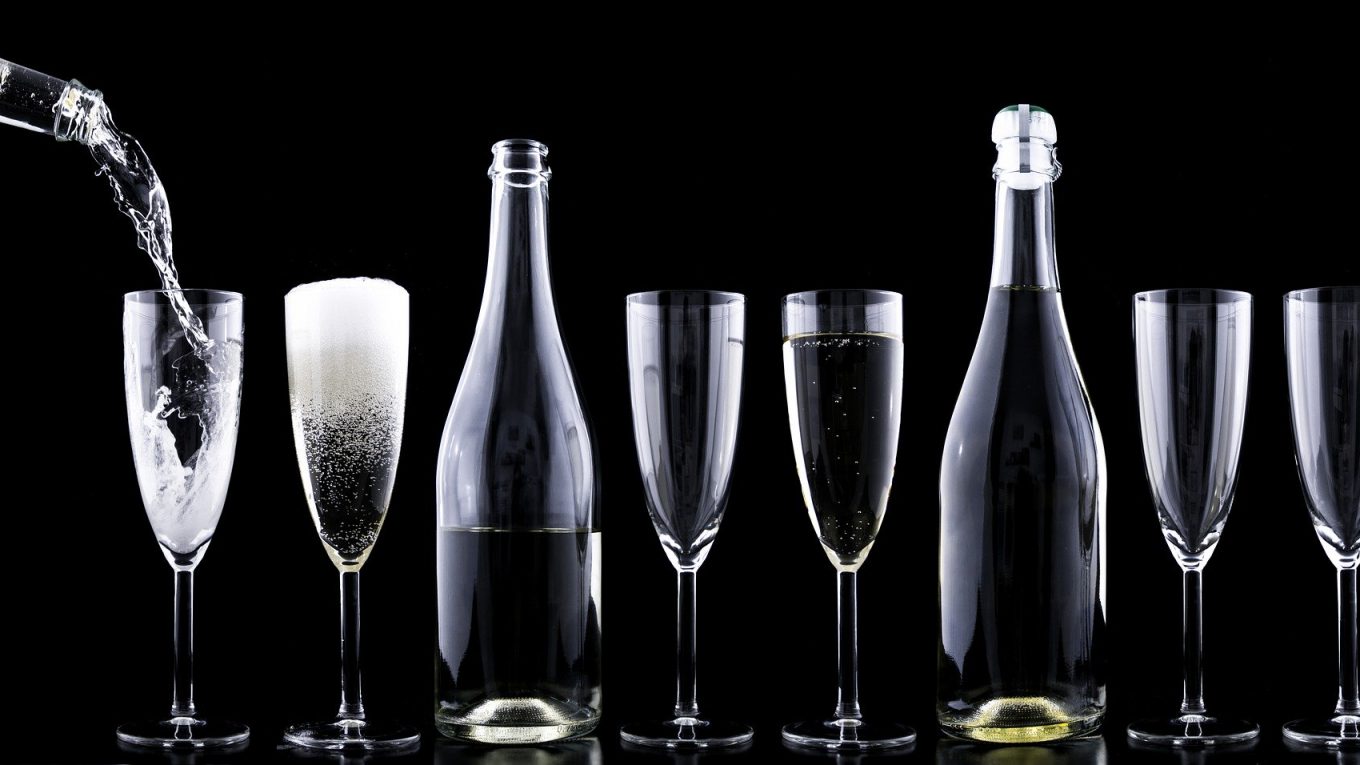Is alcohol okay when going low-carb?
Alcohol
So, how much alcohol is in a drink? Depends on the type of drink and how much of it is consumed. The Table gives some figures to work with. Note carefully: the alcohol content of beer, for example, can range from just over 3% to 9%; check the label. Note also that the volume you drink may differ from the examples given above. The % of alcohol is sometimes called the alcohol by volume (ABV).
Table – The alcohol, calorie and carb content of various drinks
| Drink | Given volume of drink | Typical alcohol content in UK units in given volume | Calories in given volume | Carbs in given volume * |
| Beer | 1 pint (570ml) | 2.5 | 200 | 16-30 |
| Lager | 1 pint (570ml) | 2.5 | 227 | 18 |
| Champagne | 175ml | 2.4 | 133 | <1 |
| White wine (dry) | 175ml | 2.4 | 115-131 | <1 |
| White wine (medium) | 175ml | 2.4 | 150 | 5 |
| White wine (sweet | 175ml | 2.4 | 175 | 11 |
| Red wine | 175ml | 2.8 | 120-133 | <1 |
| Rose | 175ml | 2.4 | 150 | 5 |
| Sherry | 25ml | 0.5 | 30 | 1.5-2 |
| Port | 25ml | 0.5 | 35 | 3 |
| Gin/whisky | 25ml | 1.0 | 59 | <1 |
* Bear in mind that 1 teaspoon of table sugar is estimated to be around 4g. So, a pint of lager could well deliver the equivalent of 4 ½ teaspoons of sugar. Champagne is an eminently more suitable tipple for those with diabesity.
These figures are ballpark estimates. Information sources vary widely on their figures for calorie, carb and alcohol data for very similar drinks.
There is a significant difference in carb-counts between brewed beverages like beer and lager, and dry wines including Champagne. Beers and lagers contain the sugar maltose from the malt used to feed the yeast. Ciders, too, contain sugars which can come from the fruit but may be added as sucrose as well. Ciders can have a very high carb-load at up to 20g per pint. This is the equivalent of around 5 teaspoons of sugar. There are many lower-carb ciders out there which are much lighter in sugar. Unlike beers and wine, ciders often have a nutritional information box for you to check out.
I have not added data for alcopops, cocktails, Baileys, non-diet mixers, punches, mulled wines etc. etc. It should be pretty obvious by now that these are high-carb offerings that have no place in the low-carb Beating Diabetes approach to healthy eating.

